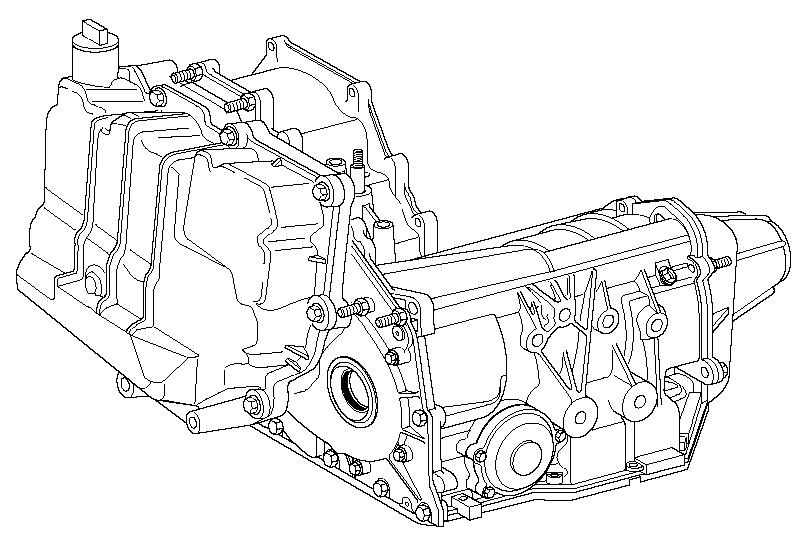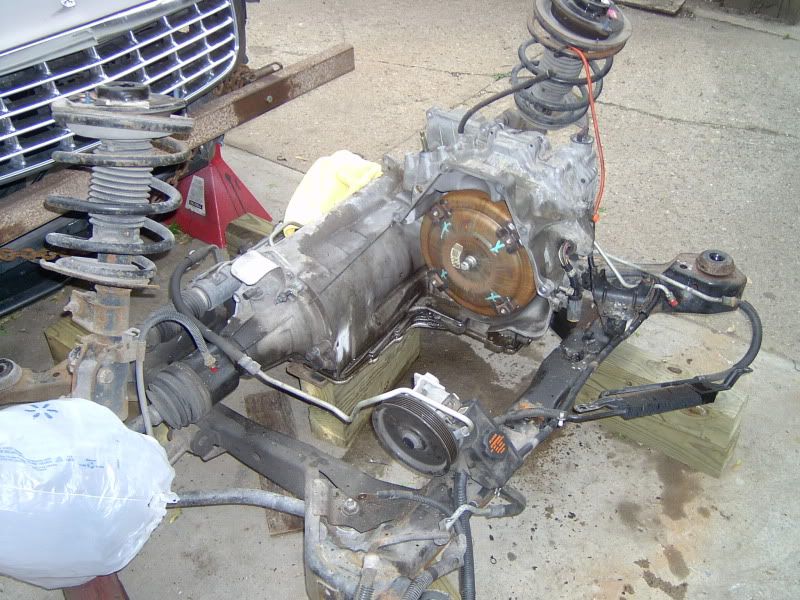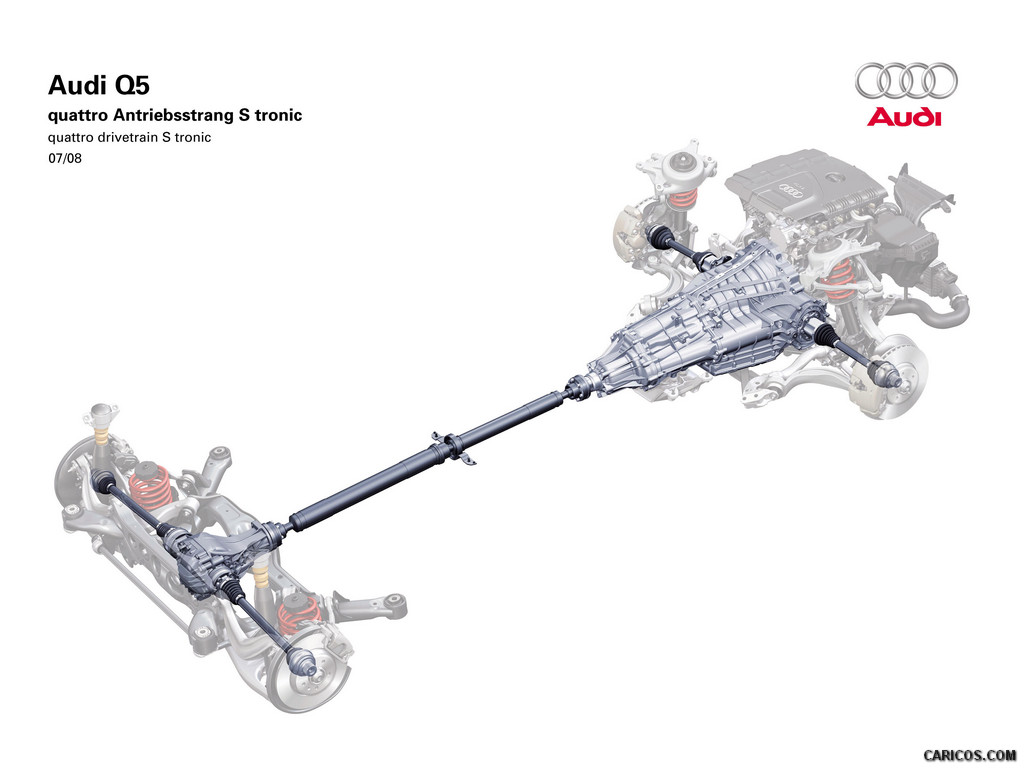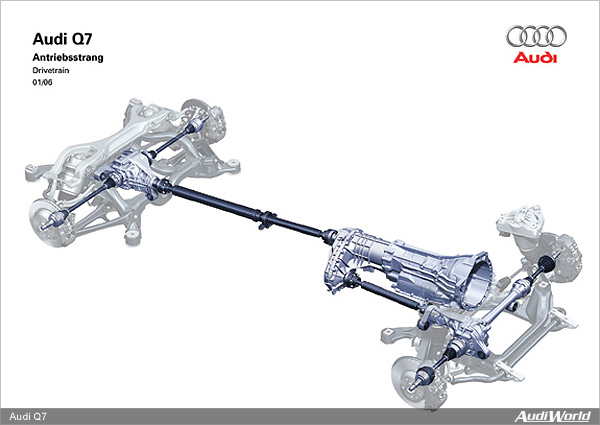Originally Posted By: IndyIan
I can't see why having different length drive shafts on the front and back axle would matter at all for torque steer?
I think the influence of drive shaft length symmetry on torque steer is highly overstated myself. I've owned two FWD vehicles with decidedly high performance engines for driving the front wheels, two Northstar Cadillacs. The half shafts were exactly the same length...this is because the 4T80-E transmission lays transversely behind the engine, rather than all crunched together on one side like most TFWD transmissions.

Put the pedal to the mat, though, and those Sevilles would weave and bob all over the place. Now, they may have been even worse if the half shafts were of unequal length, but there's more to it than shaft length alone...ahem.
You have a lot going on in the front suspension, and when toe is essentially variable (due to the movable toe control links...also known as tie rods), you can get pulls to one side or the other. You also have a lot of suspension compliance bushings, engine cradles that might shift or flex under load (to which suspension links are attached), etc. Lots of stuff going on up front.
Our MDX doesn't have equal length half shafts in the front, and it has minimal torque steer...probably because it's helped by the rear wheels. But if you turn the steering wheel a little bit during slower speed WOT, it will get a little jukey on you.
I can't see why having different length drive shafts on the front and back axle would matter at all for torque steer?
I think the influence of drive shaft length symmetry on torque steer is highly overstated myself. I've owned two FWD vehicles with decidedly high performance engines for driving the front wheels, two Northstar Cadillacs. The half shafts were exactly the same length...this is because the 4T80-E transmission lays transversely behind the engine, rather than all crunched together on one side like most TFWD transmissions.
Put the pedal to the mat, though, and those Sevilles would weave and bob all over the place. Now, they may have been even worse if the half shafts were of unequal length, but there's more to it than shaft length alone...ahem.
You have a lot going on in the front suspension, and when toe is essentially variable (due to the movable toe control links...also known as tie rods), you can get pulls to one side or the other. You also have a lot of suspension compliance bushings, engine cradles that might shift or flex under load (to which suspension links are attached), etc. Lots of stuff going on up front.
Our MDX doesn't have equal length half shafts in the front, and it has minimal torque steer...probably because it's helped by the rear wheels. But if you turn the steering wheel a little bit during slower speed WOT, it will get a little jukey on you.






